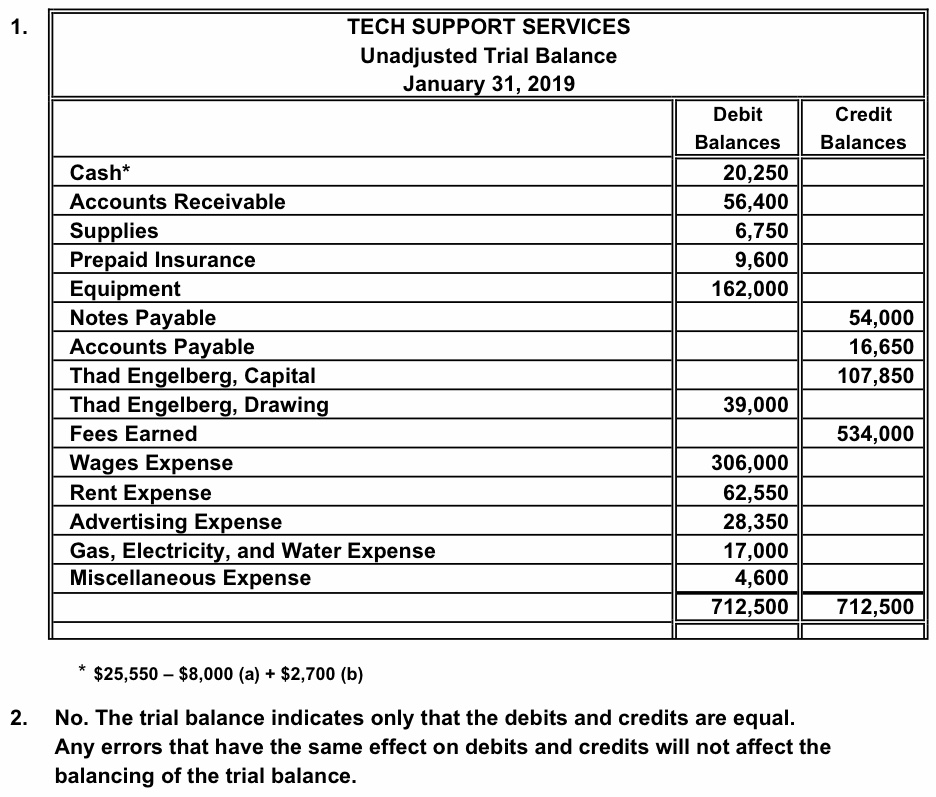This can also be a big saving on your DoorDash taxes allowing you to keep more of what you earned. Most Dashers operate as a sole proprietor, meaning there is no legal structure to their work like there is with an LLC or S-corp. There is a section on the personal tax return called the Schedule C on Form 1040 where Dashers can write off their business expenses. A 1099 form differs from a W-2, which is the standard form issued to employees. If you’re a Dasher, you’ll be getting this 1099 form from DoorDash every year, just in time to do your taxes.
- The idea is that you save enough to pay your tax bill if you have one.
- You can write-off miles you drove waiting for a delivery, en-route to a delivery, and on a delivery.
- However, if you buy several of these insulated bags, you could be looking at a $100 investment.
- Knowing which category you fall into is key to understanding your tax obligations and saving money when filing your return.
Of course, being an independent contractor can be stressful too — especially when tax season rolls around. From expense tracking to quarterly estimated payments, figuring out your DoorDash 1099 taxes can be nothing short of overwhelming. Use IRS Form 1040-ES, Estimated Taxes for Individuals, to calculate and pay your quarterly estimated taxes. The form includes payment vouchers and instructions for filing online.
- Your tax rate (tax bracket) increases as your income gets higher.
- To avoid being taken by surprise, check how much you’ll owe using our 1099 tax calculator.
- Actual earnings may differ and depend on factors like number of deliveries or tasks accepted and completed, time of day, location, and any related costs.
- Although taxes are mostly doom and gloom, DoorDash and other delivery services provide a unique opportunity for anyone to make extra cash — how they want and when they want.
Case Study: How a Car Wash Business Expanded with Section 179 Deduction
Ron Walter made the move from business manager at a non-profit to full time gig economy delivery in 2018 to take advantage of the flexibility of self-employment. He applied his thirty years experience managing and owning small businesses to treat his independent contractor role as the business it is. With taxes based on profits, every recorded expense reduces your taxable income. I’m also not trying to tell you all about the larger topic of income taxes. Instead, I want to explain as much as possible about taxes related to being an independent contractor.
Each quarter, take time to review your income, track expenses, and calculate what you owe. You can even use IRS Form 1040-ES to help estimate your payments. Planning like this keeps your finances stable, reduces the chance of penalties, and makes tax season much less stressful.
The Finish Line: Driving Your Deductions to Maximum Impact
This figure will be indicated on the 1099 tax form, but it’s a good idea to have an estimate for budgeting and tax planning purposes. The IRS requires you to file taxes by the due date (usually April 15) regardless of whether you have the money to pay. You can get in greater trouble for not filing than if you simply owe money. A business loss would reduce your overall income if you had other income besides your independent contractor earnings. However, a loss would not lead to a negative amount in total income. If your losses exceeded other income, your total income would simply be $0.
Increase your desired income on your desired schedule by using Taxfyle’s platform to pick up tax filing, consultation, and bookkeeping jobs. Knowing the right forms and documents to claim each credit and deduction is daunting. Using proper record-keeping methods ensures lower tax liability and a smooth filing process. ✔ Deduct mileage, car expenses, and work-related costs.✔ Contribute to a self-employed retirement plan.✔ Use the Qualified Business Income Deduction (QBI).
Frequently asked questions about the income tax process for Doordash delivery drivers.
You can subtract a certain amount for every mile you drive solely for work. This covers the miles you drive to pick up orders, deliver food, and get to and from busy places. Keep track of all your business expenses, even the small ones. Every dollar you write off helps to lower your taxable income. For employees, the above figures apply because employers cover half of the estimated tax payments for their W-2 employees (amounting to 7.65%). But as an independent contractor, you’re responsible for covering the entire tax bill.
Tax Tips for Delivery Drivers to Save More Money
As a driver delivering with DoorDash, you’ll often see Promotions in your Dasher app, which are extra ways to earn more. You can find Dasher Promotions by tapping ‘Promos’ in the Dasher app. Open the app and tap “Earnings” to see what you make on a particular day, to cash out your earnings with Fast Pay or DoorDash Crimson, or to view your Earnings History.
How to File DoorDash Taxes If You Earn Less Than $600
Self-employment tax covers Social Security (12.4%) and Medicare (2.9%). But I do hope that this has taken away a lot of the mystery about how taxes work. I feel like understanding the basics makes it easier to dive into more detail in other articles. Here’s where we find out whether you have to pay in or if you get a refund. This is the part of Doordash taxes that can really throw people off.
If you found this guide helpful, share it with your fellow Dashers! Our goal is to make Dasher tax prep easy and straightforward. When you use Taxfyle, you’re guaranteed an affordable, licensed Professional. Taxfyle connects you to a licensed CPA or EA who can take time-consuming bookkeeping work off your hands. Free up time in your firm all year by contracting monthly bookkeeping tasks to our platform. Implement our API within your platform to provide your clients with accounting services.
A full-time DoorDasher can deduct the costs of health insurance when filing DoorDash taxes. An experienced accountant can help you avoid such penalties and handle complex tax issues. Moreover, they can also make sure you get all the deductions available to you. In addition, they can provide good advice to reduce your tax liability in how to file doordash taxes the future. Because of your employment status with DoorDash, the company doesn’t withhold federal or state income taxes from your earnings.
It’s just our version of employment taxes (Social Security and Medicare taxes, often called FICA taxes). Finally, we’ll talk about the three most important things you can do to prepare for tax season. Some basic concepts will help you get a good feel for how they work. We’ve identified nine essential things you need to understand about how to do taxes for Doordash. To determine whether DoorDash is still worth pursuing, you need to figure out if you could make more money after taxes through other (potentially more tax-efficient) avenues. Fortunately, that doesn’t mean you have to figure everything out yourself.
If you’re audited, you’ll need those records to prove your deductions. This might sound like a lot, but the good thing is you can deduct many of your work-related expenses, which can lower your tax bill. Dashers may have to pay tolls while conducting their business. Any toll fees you pay while working are tax-deductible unless DoorDash reimburses you for them.
The idea is that you save enough to pay your tax bill if you have one. Before we go any further, if you’re a DoorDash driver who has never worked as an independent contractor, let’s make sure you understand what 1099-NEC forms are. Dashers receive a 1099-NEC form, which is one type of 1099 form (1099-MISC is the other common one, but it’s not what Dashers receive). Now that you have everything you need to know about your 1099 tax deductions, you may be wondering when your taxes are due. You’re only allowed to deduct only the portion of these expenses you use for your job as a delivery driver.
Many DoorDash drivers also work for other gig economy platforms like Uber Eats, Instacart, Grubhub, or Lyft. Managing taxes for multiple income streams requires proper organization to avoid IRS penalties and optimize deductions. If you plan on deducting actual expenses, then yes, you should track how much you spend on fuel. However, if you’re going to take the standard mileage deduction, you should track your mileage not fuel.
Whether you’re a customer or a driver, we’ve made it easy to find information about how to make the most of rideshare, delivery, and transportation companies. DoorDash doesn’t provide Dashers with tax advice, nor do they verify the accuracy of tax advice that’s publicly available online. Select the “Get Started” option in the Stripe invite email you receive and set up your Stripe account.
Each person should consult his or her own attorney, business advisor, or tax advisor with respect to matters referenced in this post. 1-800Accountant assumes no liability for actions taken in reliance upon the information contained herein. We recommend reviewing your tax information immediately to ensure it’s accurate and complete. If you notice inaccurate information, you can fix it in Stripe Express.















